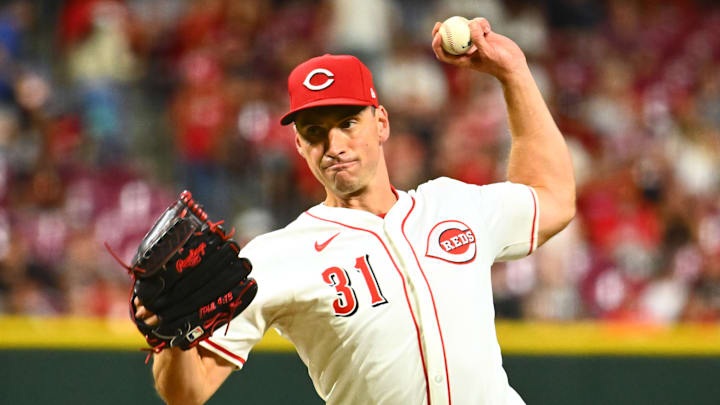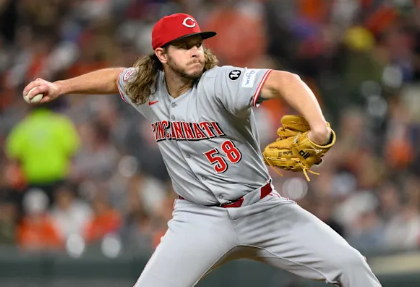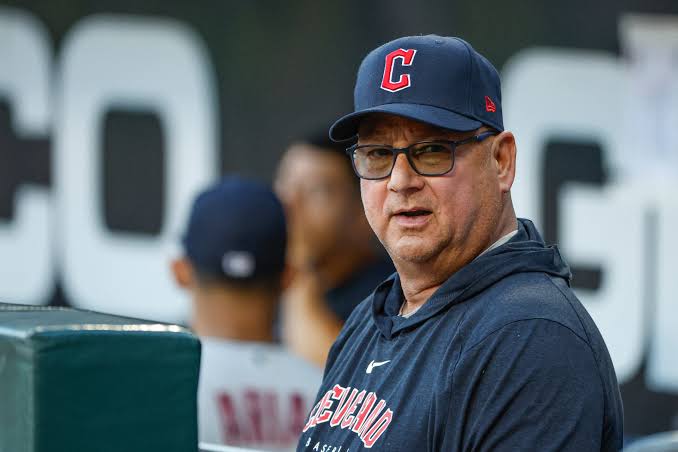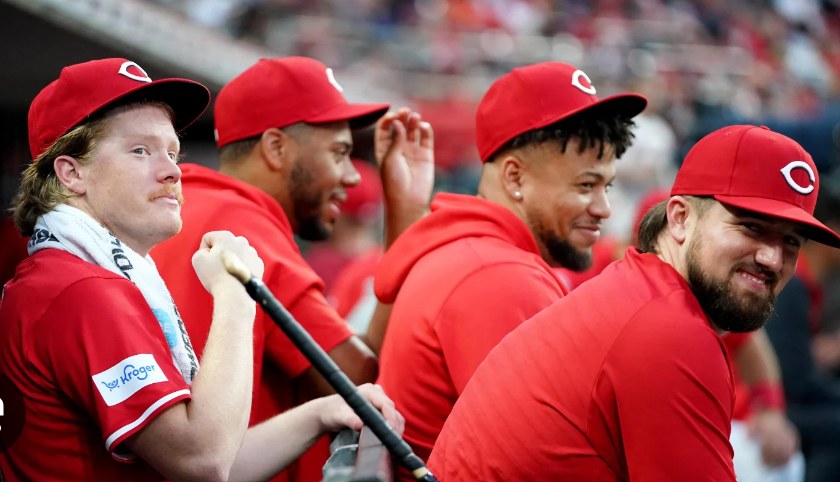As the dust settled on the Reds’ 2025 season following their postseason exit at the hands of the Dodgers, the focus in Cincinnati immediately shifted to roster construction. Speculation flooded in about which players would be retained or shown the door, especially with a handful headed to free agency. The financial reality the team faces is that it can’t chase after every departing arm, so tough calls are inevitable.
Among the most notable impending departures are pitchers Nick Martinez and Zack Littell, both slated to hit the open market. Martinez has been a swing‑man for the club — starting when needed, relieving when asked — but with the starting depth growing and his free agent price tag looming, a reunion seems unlikely. Littell too offered useful innings, yet the club’s need to allocate resources elsewhere makes his retention hard to justify.

Beyond free agency, the Reds must also decide whether to pick up club options or to non-tender certain players. Scott Barlow has a $6.5 million option for 2026 (with a $1 million buyout), and Brent Suter carries a $3 million option (with a $250,000 buyout). Meanwhile, utility man Santiago Espinal enters a delicate spot: his glove and positional flexibility are valued, but his bat is often a liability.
Yet among all the churn, some suspect that three particular players will likely return in 2026 — even though it might be for the wrong reasons. First is Brent Suter. His local ties and veteran presence make him attractive to keep around, but as a middle reliever whose value is mostly in low-leverage innings, shelling out $3 million might be a luxury the team shouldn’t afford.

Scott Barlow is the second candidate. He’s been heavily relied upon in 2025, but his late-season decline and the steep option cost raise serious doubts about whether he’s worth retaining at current terms. While he’ll likely be offered a new deal, the question is whether it should be on his terms. Lastly, Santiago Espinal is that clubhouse utility man who often finds a way to stay. But as the roster tilts younger and offensive production becomes more necessary, Espinal might be kept out of inertia rather than merit.
The case against retaining these three isn’t absolute — they each bring non‑statistical value (leadership, versatility, clubhouse presence) — but in a tight budget and a roster pushing toward youth, they represent vet anchors that the organization could outgrow. The Reds may well attempt to bring all three back, but ideally on more favorable terms, or with plans to replace them midseason.
In the end, the 2026 Reds will likely look very different. The core of controllable young pieces (Greene, Abbott, Lodolo, De La Cruz, McLain, Hayes) points to a pivot toward future upside over short-term comfort. What’s clear is the front office is approaching this offseason with a mindset of brutal cuts and selective investments rather than wholesale carryovers.




